Why not plant them deeper?
radiantpoppy
9 years ago
Related Stories

LANDSCAPE DESIGNThe 7 Best Plant Types for Creating Privacy and How to Use Them
Follow these tips for using different kinds of plants as living privacy screens
Full Story
HOUSEKEEPING12 Cleaning Projects That Go a Little Deeper — Naturally
Eucalyptus oil for germy door handles. Baking soda for oven grime. Here are nontoxic solutions for often-overlooked cleaning jobs
Full Story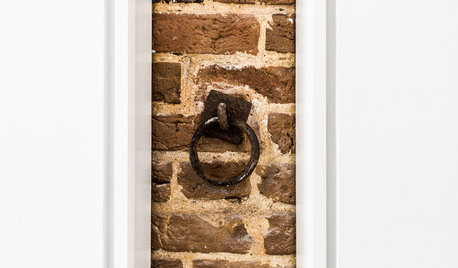
LIFEYou Said It: ‘Rather Than Remove Them, They Framed Them’
Design advice, inspiration and observations that struck a chord this week
Full Story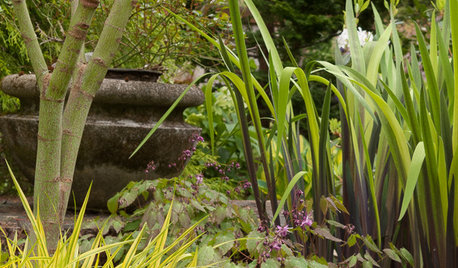
PLANTING IDEASA Great Spring Plant Combo for Dappled Shade
Time these ephemeral beauties right to watch them play off one another under a canopy of deciduous trees
Full Story
GARDENING GUIDESTree Care: Common Tree Diseases and What to Do About Them
Learn to recognize trees that may be affected by diseases or pests so you can quickly take action
Full Story
HOUSEKEEPINGWhat's That Sound? 9 Home Noises and How to Fix Them
Bumps and thumps might be driving you crazy, but they also might mean big trouble. We give you the lowdown and which pro to call for help
Full Story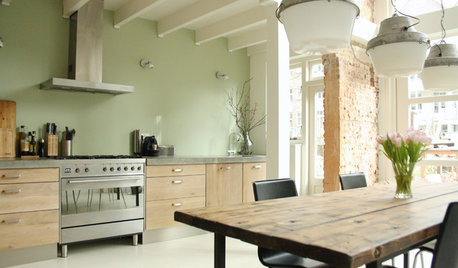
COLOR4 Cool Paint Colors Touted for 2014 — and How to Use Them
Muted but complex, these hues from Farrow & Ball can stand on their own or play supporting roles
Full Story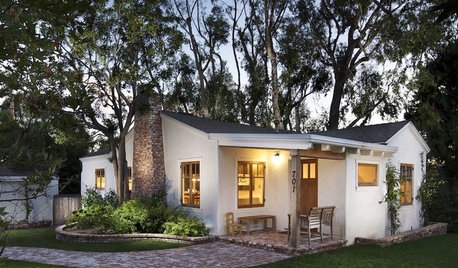
MOVING5 Risks in Buying a Short-Sale Home — and How to Handle Them
Don’t let the lure of a great deal blind you to the hidden costs and issues in snagging a short-sale property
Full Story
DECORATING GUIDES4 Hip Hues for 2013 and How to Use Them at Home
Strike a bluesy chord that's decidedly upbeat or make things greener on your side of the fence, with fresh paint colors for the new year
Full Story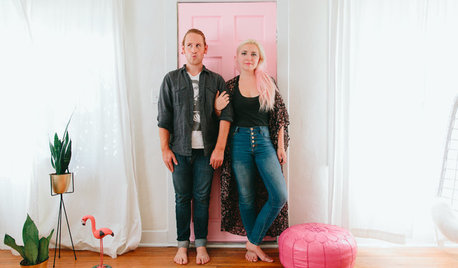
LIVING ROOMSRoom of the Day: Color Them Happy in Los Angeles
All is bright in this living room since a creative couple enlisted their designer friends to reimagine it
Full StoryMore Discussions






radiantpoppyOriginal Author
kaboehm (zone 9a, TX USA)
Related Professionals
Danbury Landscape Architects & Landscape Designers · Rossville Landscape Architects & Landscape Designers · Brookside Landscape Contractors · Berkeley Heights Landscape Contractors · Broomfield Landscape Contractors · Clearlake Landscape Contractors · Galt Landscape Contractors · Goodlettsville Landscape Contractors · Homewood Landscape Contractors · Lantana Landscape Contractors · Saint John Landscape Contractors · Webster Groves Landscape Contractors · Irvington Landscape Contractors · Glenvar Heights Swimming Pool Builders · Malden Swimming Pool Builderspalmfan
kaboehm (zone 9a, TX USA)
jstropic (10a)
jstropic (10a)
palmfan
jstropic (10a)
palmfan
jstropic (10a)
kaboehm (zone 9a, TX USA)
jstropic (10a)